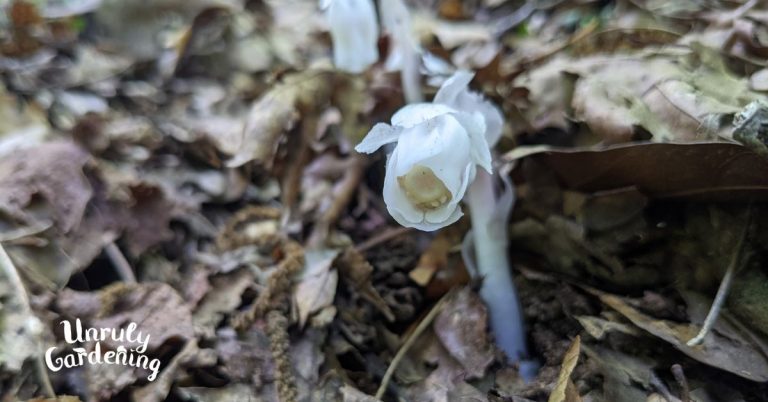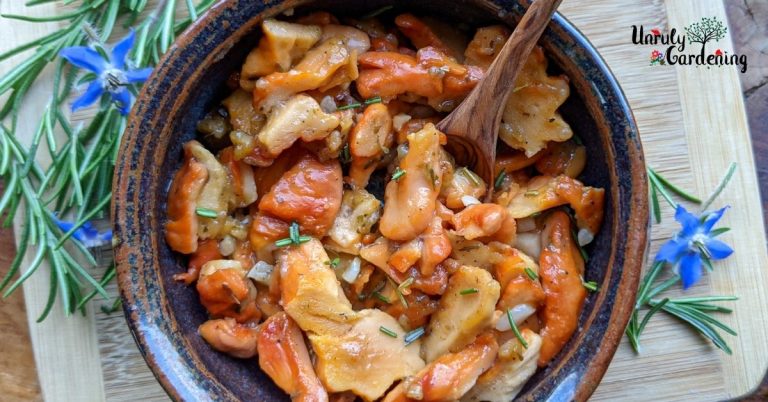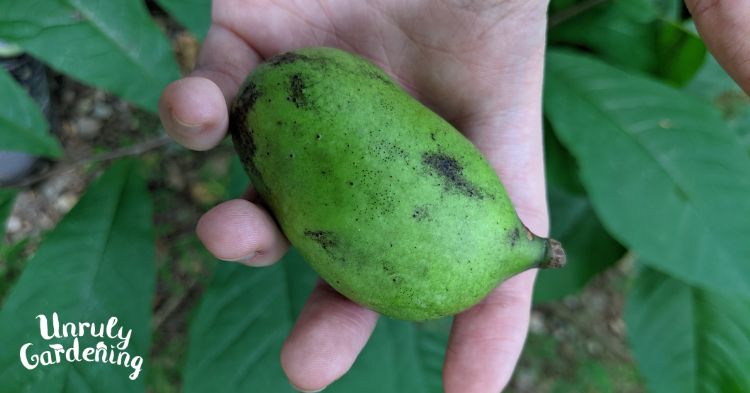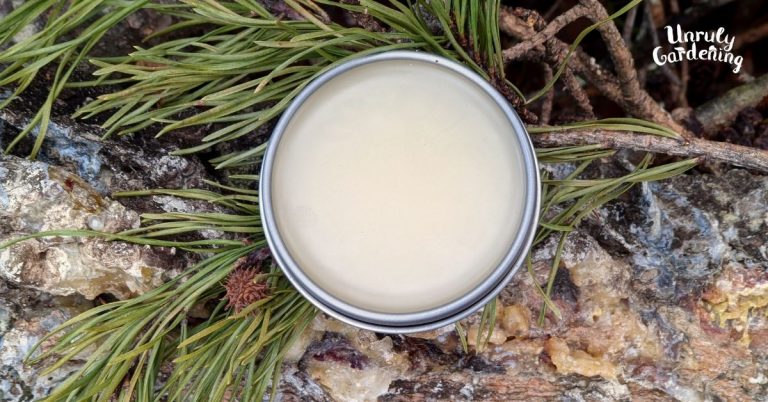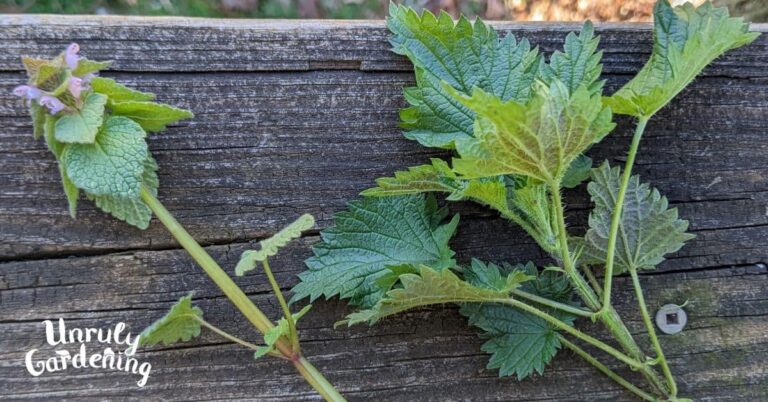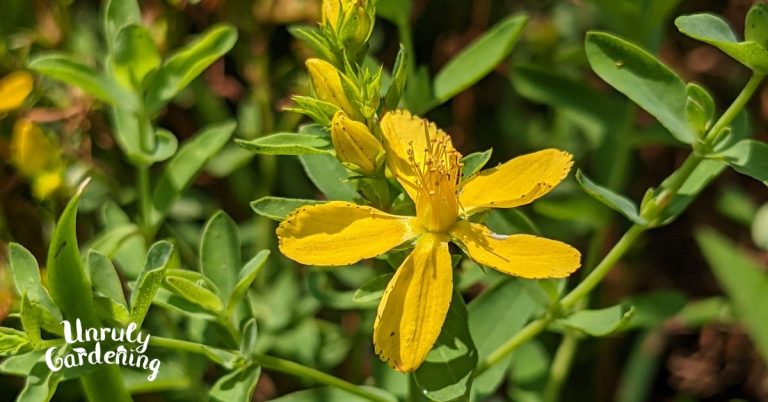12 Tips for Foraging Morel Mushrooms
Are you hoping to forage some elusive morel mushrooms this year? These tips for hunting morels should be useful!


1. When to Start Searching
Morel mushrooms (Morchella spp) are only around for a short window each spring, but it can be hard to know exactly when to begin your mushroom hunting.
Morel mushroom hunting season can run anywhere from late March to May, depending on where you live in the United States. In our area (about 600 feet elevation, zone 7a) we start finding morels the first week or two of April.
A surefire way to know when morels are popping in your area is to follow your state’s local mushroom group on Facebook. You’ll start seeing people sharing photos of these prized edibles, which will help you know it’s time for you to get out there and start looking too!

2. Pay Attention to Nature’s Signs
Long before social media sites and the internet, foragers relied on signs from nature to help them when they were hunting morel mushrooms. Those tried and true signs are valuable for all foragers to know!
A good way to notice changes in the forests around you is to frequently visit the same areas throughout the year.
Even if it’s not morel season, you’ll be able to see the trees in all their stages of growth and leafing out, and you’ll become so familiar with an area, that new plants and mushrooms will be easily spotted.

3. Average soil temperature is in the 50’s (F).
Monitor your soil temperature, and when the average runs in the 50’s for several days at a time, then you know the conditions are warm enough for morel hunting.
You can keep tabs on the soil temperature for your area by visiting Greencast’s Soil Temperature Maps – just input your zip code to find the 24 hour and 5 day averages for where you live. If you’re checking your own soil temps, check about 4 inches (10 cm) into the ground.
This also roughly equates to a stretch of daytime temperatures in the 60’s, and nighttime temperatures in the 40’s.

4. These flowers bloom around the same time as morels:
Keep an eye out for these flowers while you’re out foraging. They tend to bloom around the same time (but not necessarily in the same place) you’ll find morels popping up!
- Wild Blue Phlox
- Violets
- Strawberries
- Creeping Charlie (Ground Ivy)
- Redbuds
- Black Haw
- Virginia Bluebells
- Lilacs
- Showy Orchis

5. Here are some tree & plant indicators:
- Asparagus will start peeking up from the ground. (Both wild and garden cultivated.)
- Mayapples will start to unfold and grow.
- Paw Paw tree flowers start to appear.
- Tulip poplars start budding out and you may find wind-blown young tulip poplar leaves and petals on the ground.
- Elm trees start dropping their little round immature green seed pods (called samaras) on the ground.
- Ash trees are in the early stages of leafing out.

6. Where to Look for Morels
Where to look is going to depend on where you live, but here where we live – zone 7a, east coast United States, we mainly find morels in old tulip poplar groves, with an occasional cedar growing nearby, or along creek and riverbanks, especially those with big old sycamore trees.
Areas with ash trees, elm trees, cottonwoods, and apple trees are also popular spots to find morels.
Just one county over, my brothers find lots of morels in a very dense pine thicket, with nary of tulip poplar, elm, ash, or sycamore in sight!

If you’re early in the morel season, look on south facing slopes, since those sunnier spots tend to warm up and produce sooner. Later in the season, you’ll want to more closely scout out shadier spots and north facing slopes, to find the later emerging morels.
Especially if you’re on the west coast, recently burned sites can be a treasure trove for morels.

7. Time of Day to Look
Some people find that mid-morning hours or afternoon hours are good times to look for morels. This angle of the sun can sometimes highlight or reflect light off of mushrooms to help them stand out more. Of course, if you only have time to hunt midday, then by all means, hunt midday!
During a rainy day, or right after a rain is a good time to go as well. The rain will have dampened down the leaf litter and you might see more morels themselves, or lumps of leaves they’re hiding under.

8. Look Low, or Up Slopes
When you’re checking out a potential area for morels, be sure to spend time crouching low on the ground so you can better scan the area.
Get down on ground level, sit on a fallen tree, or somewhere closer to the ground and really spend some time carefully scanning an area.
Conversely standing at the bottom of slopes and looking upward may be helpful in spotting morels that are poking up out of the leaf litter.

9. Start Near the Trunk
Start near the trunk of your chosen tree and work your way out to the dripline.
The dripline is the area as far out as the tree canopy above spreads. So wherever you can look straight up and see the outermost edges a tree’s branches, is about where the dripline is.
Where we live, we find the most morels fairly close to the trunks of tulip poplars. Though we’ve randomly found some under autumn olive bushes that were hanging near the edge of some of old tulip poplars.

10. Watch for Ticks & Other Critters
Unfortunately, if it’s warm enough for morels, it’s warm enough for ticks! Be sure to use appropriate bug spray, or tick repellent products and strategies, wear tall socks (we like Insect Shield socks), and do a thorough tick check when you arrive back home.
You’ll be looking carefully at the ground, but also inspect for snakes and spiders before you reach under or move branches, or sit on a fallen tree. As usual, use common sense when foraging, never hunt morels on private property without permission, and observe any permits and limits on public lands.
Morel season also crosses with spring gobbler hunting season in many areas. Know your local hunting dates and wear blaze orange if it’s turkey season where you live.

11. You’ll Need Lots of Patience!
Morels can be tricky to spot and unless you have someone to show a patch directly to you, it could possibly take years of searching to find your first morel.
So don’t give up if you don’t find morels right away!
Reliable morel patches (also called “honey holes”) are closely guarded secrets, sometimes handed down through family generations, and it’s considered bad manners to ask people to show you their favorite spots.
You have to be willing to put in the work and hours of visually scouring potential spots. You can’t just go one time during morel season either, since more will pop up on a daily basis.
Just because a spot seems perfect with all the right trees and conditions, doesn’t mean morels will be there. We have over 100 acres to hunt morel mushrooms, and only a few spots are reliable producers. The dreamiest, best spot near our main creak, with old sycamores, mayapples, large mature tulip poplars, rich sandy soil, and the most perfect habitat has produced absolutely no morels in the years we’ve been carefully searching there.
Please don’t get discouraged and think there’s something wrong with your mushroom hunting skills if you find zero, or only one or two of these prized culinary mushrooms, just keep seeking out new areas to explore!

12. Identifying Your Morels
So, hopefully you’ve found a morel or two, but how do you know for sure it’s a morel?
Morels have a pretty distinctive wrinkled cap with deep ridges and hole-like pits, making them friendly for the beginner mushroom hunter, but there are some false morel look-alikes to be aware of.
The most common way to ID most true morels is to use a sharp knife to slice it right down the middle after harvesting.
You should see a hollow stem or cap, and be able to visually see that the cap is directly attached to the stem.
Also note that morels don’t have gills or a ring on them.
I recommend checking out the Mushroom Expert website: “The Morchellaceae: True Morels and Verpas” page for more information about true morels.
If you belong to a mushroom or foraging group on Facebook, you can usually share clear photos and get ID confirmation from experienced morel hunters.
Most importantly, do not eat wild mushrooms or any foraged food unless you are 100% absolutely certain of its identification. Like most mushrooms, morels should always be thoroughly cooked before eating.

You can store unwashed morels in a brown paper bag in your fridge for a few days, but we like to eat them the same day we harvest! We sauté our fresh morels in a small frying pan with a little butter, onion, salt, and pepper, and often mix in a couple chopped spears of freshly picked asparagus as well. Make sure to cook your mushrooms very well.
More Mushrooms to Look For
Here are more of our mushroom articles you might enjoy reading!
- Foraging Chanterelle Mushrooms
- Foraging & Using Reishi Mushrooms
- Identifying Chicken of the Woods Mushroom
Our articles are for information and idea-sharing only. While we aim for 100% accuracy, it is solely up to the reader to provide proper identification. Be sure to seek out local foraging classes and plant walks with an experienced guide, and invest in foraging guides suitable for the area you live in, since some wild foods may have adverse effect.


